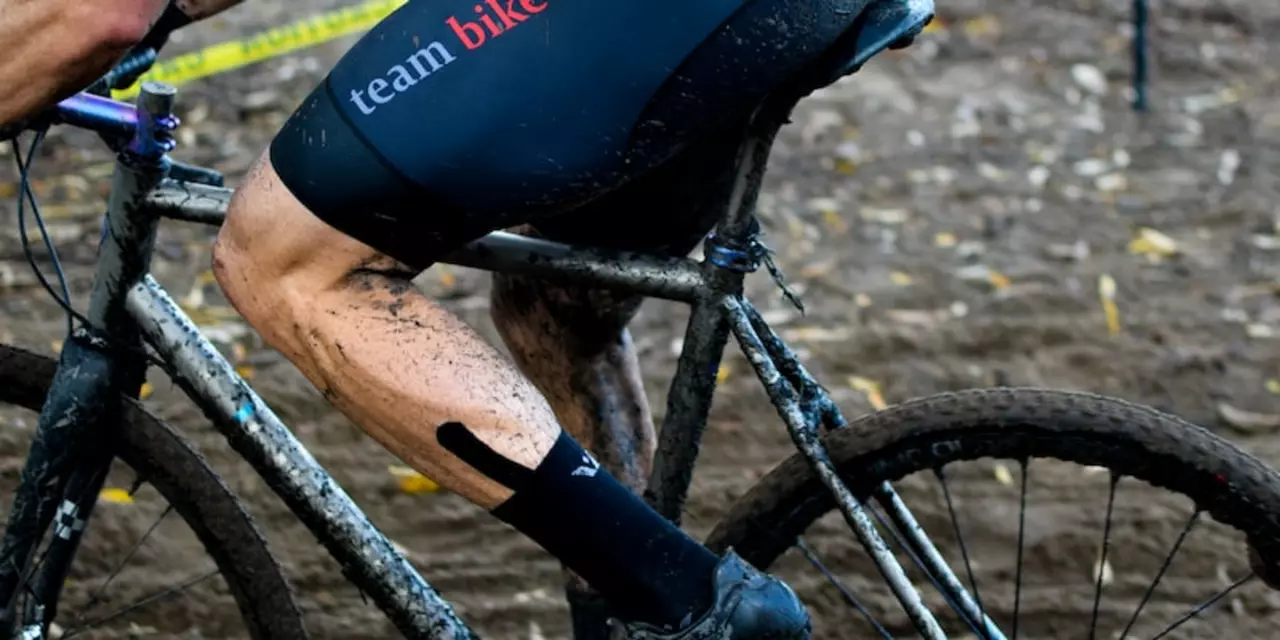Equine Safety Essentials: Ride Smart, Stay Safe
Whether you’re a beginner or a seasoned rider, staying safe around horses should be #1 on your list. The moment you hop on, a few basic habits can make a huge difference. Let’s walk through the must‑do safety steps you can start using today.
First up, the helmet. It’s the single piece of gear that saves lives most often. A good riding helmet absorbs the impact of a fall, reducing the chance of a serious head injury. Some riders think a helmet is optional, but experts agree it’s the smartest move you can make. Pick a helmet that fits snugly, meets safety standards, and replace it after any hard impact or every five years.
Next, think about your boots. Sturdy, clean riding boots with a small heel keep your feet from slipping through the stirrup. Avoid sneakers or open‑toed shoes – they can get caught or crushed. If you’re in a trail setting, water‑proof boots keep your feet dry and give better grip on mud.
Don’t forget about the horse’s safety gear. A well‑fitted bridle, properly trimmed hooves, and a clean saddle prevent accidents caused by equipment failure. Check all tack before every ride; a loose strap or worn‑out girth can cause a sudden loss of control.
Finally, always ride with a buddy or let someone know where you’ll be. If you’re out on a remote trail, a cell phone or a whistle can be a lifesaver. Having a plan for emergencies—like a basic first‑aid kit for both rider and horse—keeps you prepared for the unexpected.
Why Wearing a Helmet Beats Going Without
One common question is: “Do I really need a helmet?” The short answer: yes. Research shows that helmets cut the risk of head injury by more than half. They’re designed to crush on impact, pulling the force away from your skull. While helmets don’t stop every injury—hoof strikes or neck injuries still happen—they are the most effective single defense against fatal head trauma.
If you’ve ever watched a fall in a competition, you’ve seen how quickly a rider can be tossed off. A helmet that’s too loose can fly off, so double‑check the straps each time you mount. And remember, helmets aren’t a fashion statement; they’re a safety device. Choose a style you like, but don’t compromise on protection.
Everyday Safety Checks Before You Ride
Before you even mount, do a quick safety sweep:
- Inspect the saddle: Look for cracks, loose rings, or worn stitching.
- Check the bridle: Make sure the bits and reins move freely.
- Test the stirrups: Ensure they’re level and the straps are secure.
- Walk the horse: Look for anything stuck in the mane, tail, or hooves.
This five‑minute routine catches most issues before they become problems. It also builds a habit that keeps you sharp every time you’re in the arena or out on the trail.
At AJ’s Equestrian Sports we’ve gathered plenty of articles on safety, like the piece titled “In horseback riding are you safer wearing a helmet or not?” That article breaks down the science behind helmet design, explains why helmets aren’t mandatory everywhere, and reinforces why most experts still push for them. If you want the full deep‑dive, check it out in our blog.
Bottom line: safety isn’t a chore, it’s the foundation of a fun riding life. Grab a well‑fitted helmet, wear proper boots, keep your tack in good shape, and do a quick pre‑ride check. With these habits, you’ll enjoy more rides, fewer worries, and a stronger bond with your horse. Ride smart, stay safe, and keep the joy of riding alive for years to come.
In horseback riding are you safer wearing a helmet or not?
This article discusses the safety benefits of wearing a helmet while horseback riding. It explains that helmets are designed to absorb the impact of a fall, which can help reduce the risk of serious injury or death. It also notes that helmets may not protect against all types of injuries, such as those caused by a horse's hooves. The article concludes that although helmets are not mandatory in all countries, experts recommend wearing one when horseback riding for added safety. In conclusion, wearing a helmet while horseback riding is highly recommended for added safety.
READ MORE